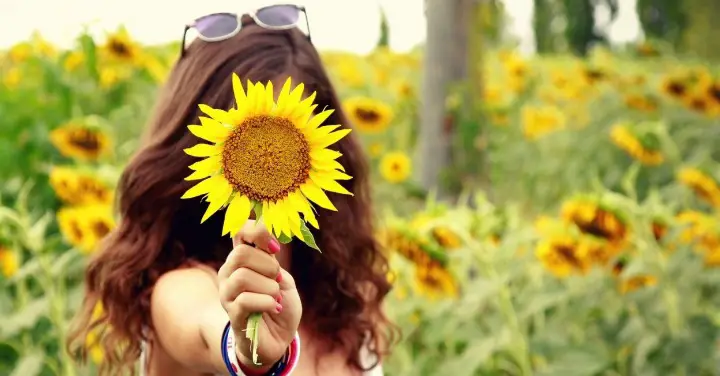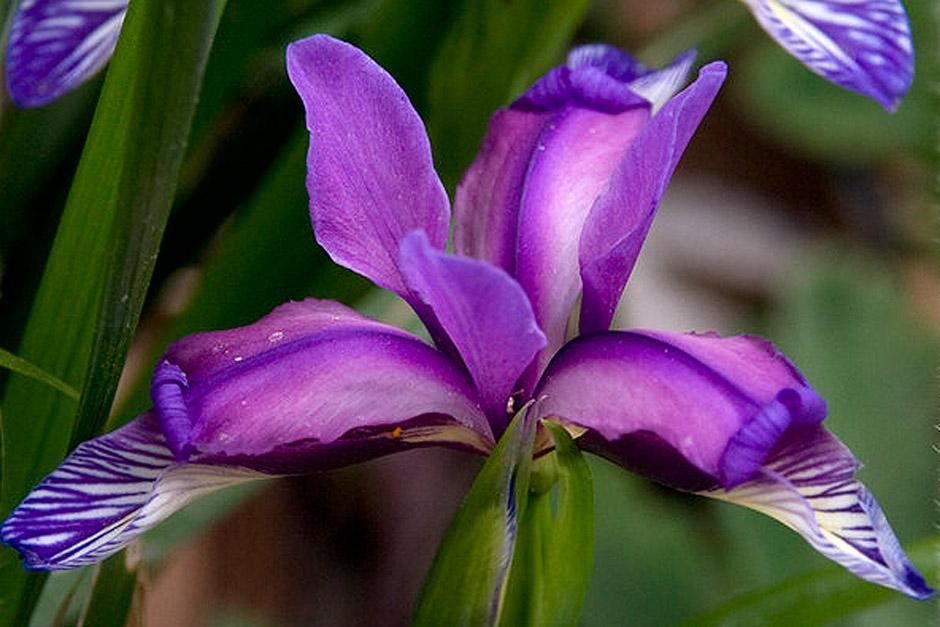
Are you the eternal optimist? The glowing ray of sunshine in everybody’s day? Are you the Pollyanna – trying to get everybody to look on the bright side of life? Things will usually be better tomorrow! The sun will come out even if it has rained the last 364 days. Your glass is usually half-full – and no one can take that away from you. So what color is your garden? It seems to be a stupid question. What does a garden have to do with your personality? In fact, psychologists have studied the effects of colors on the human psyche for years. Colors help us to feel good feelings. In the same vein, colors make a bold statement about a person’s mood or personality.
For more tips and informaton click here
Think about this when picking the flowers for your next garden. Your house – inside and out – reflects your personality. Are you the bright and cheery optimist? Find several yellow flowers to help bring cheer not only to your own house, but to your neighborhood as well.
A lot of people think it takes the best deal of time to actually understand someone else’s personality, requiring in-depth conversations and psychoanalysis of the person’s past. Nevertheless, those who are successful “people persons” know to seem for the slight, yet apparent clues that people give about their personality. One of the largest of these clues is their personal color palate – what they wear, how they color their houses, even their selection of colors in their gardens.
When it comes to yellow flowers, there is a plethora from which to select. But the quintessential yellow flower, outside of the dandelions that litter the lawn, is the majestic sunflower. The sunflower reaches tall into the air, high above the other plants, spreading its rich, brilliant yellow petals high above the other plants. They are the sun of the garden – the messenger of optimism, telling the others that life is fine in the garden. They never give the impression to care what problems are happening on the ground. They just reach upwards and seek the friendlier skies.
You cannot forget the buttercup, either. Like the sunflower, the buttercup’s bold and wonderful golden hues brighten up any landscape. The glass usually seems to be half full with a buttercup in the garden. With its open bowl shape it seems to collect the golden rays of sunshine to pass around to the other flowers.
So when it comes to your garden, does it really reflect your sunny personality or is it dull and dingy. Take a quick peek at it right now and ask, “Is this me?” Does your garden be a sign of who you are? If not, think about putting your life and your passions together and make your garden a picture of you! Gardening is a good hobby, but it consumes a massive amount of time and energy. If you put in all that work, make certain that you can get pleasure from every minute of it. One way to do that is to immerse yourself into your work, and purchase flowers that fit your personality.
-Garden_1088x612B21A4388.jpg)

